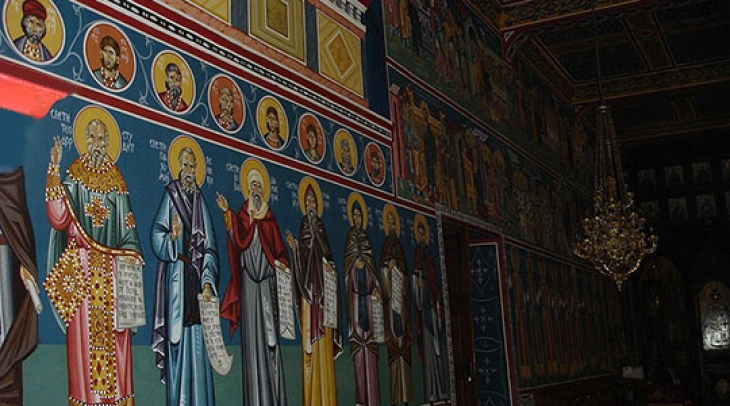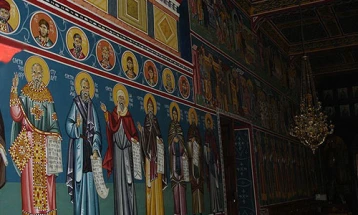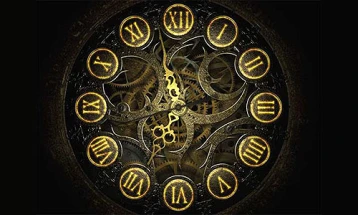Religious calendars
- 10 February 2025 (MIA)

10 February 2025 (MIA)
Macedonian Orthodox Church Calendar
Our Holy Father Ephraim the Syrian
Born in Syria of poor parents in the reign of the Emperor Constantine the Great, his early youth was spent somewhat tempestuously, but he suddenly underwent a spiritual crisis and began to burn with love for the Lord Jesus. He was a disciple of St. James of Nisibis (Jan. 13th). By the great grace of God, wisdom flowed from his tongue like a stream of honey and from his eyes tears flowed unceasingly. Loving work like a bee, Ephraim was constantly either writing books or teaching the monks in the monastery or the people in the city of Edessa, or was giving himself to prayer and pondering. His books are numerous; his prayers are beautiful. The best known of the latter is the prayer in the Great Fast: `O Lord and Master of my life … ‘-When they wished to take him by force and make him bishop, he feigned madness and began to run through the city of Edessa, trailing his garments along behind him. Seeing him mad, they left him in peace. He was a contemporary and friend of St. Basil the Great. St. Ephraim was especially the apostle of repentance. Even today his writings soften many hearts, strengthen them against sin and turn them back to Christ. He entered into rest at a great age in 373.
Catholic Calendar
St. Scholastica
St. Scholastica, sister of St. Benedict, consecrated her life to God from her earliest youth. After her brother went to Monte Cassino, where he established his famous monastery, she took up her abode in the neighbourhood at Plombariola, where she founded and governed a monastery of nuns, about five miles from that of St. Benedict, who, it appears, also directed his sister and her nuns. She visited her brother once a year, and as she was not allowed to enter his monastery, he went in company with some of his brethren to meet her at a house some distance away. These visits were spent in conferring together on spiritual matters. On one occasion they had passed the time as usual in prayer and pious conversation and in the evening they sat down to take their reflection. St. Scholastica begged her brother to remain until the next day. St. Benedict refused to spend the night outside his monastery. She had recourse to prayer and a furious thunderstorm burst so that neither St. Benedict nor any of his companions could return home. They spent the night in spiritual conferences. The next morning they parted to meet no more on earth. Three days later St. Scholastica died, and her holy brother beheld her soul in a vision as it ascended into heaven. He sent his brethren to bring her body to his monastery and laid it in the tomb he had prepared for himself. She died about the year 543, and St. Benedict followed her soon after. Her feast day is February 10th.







